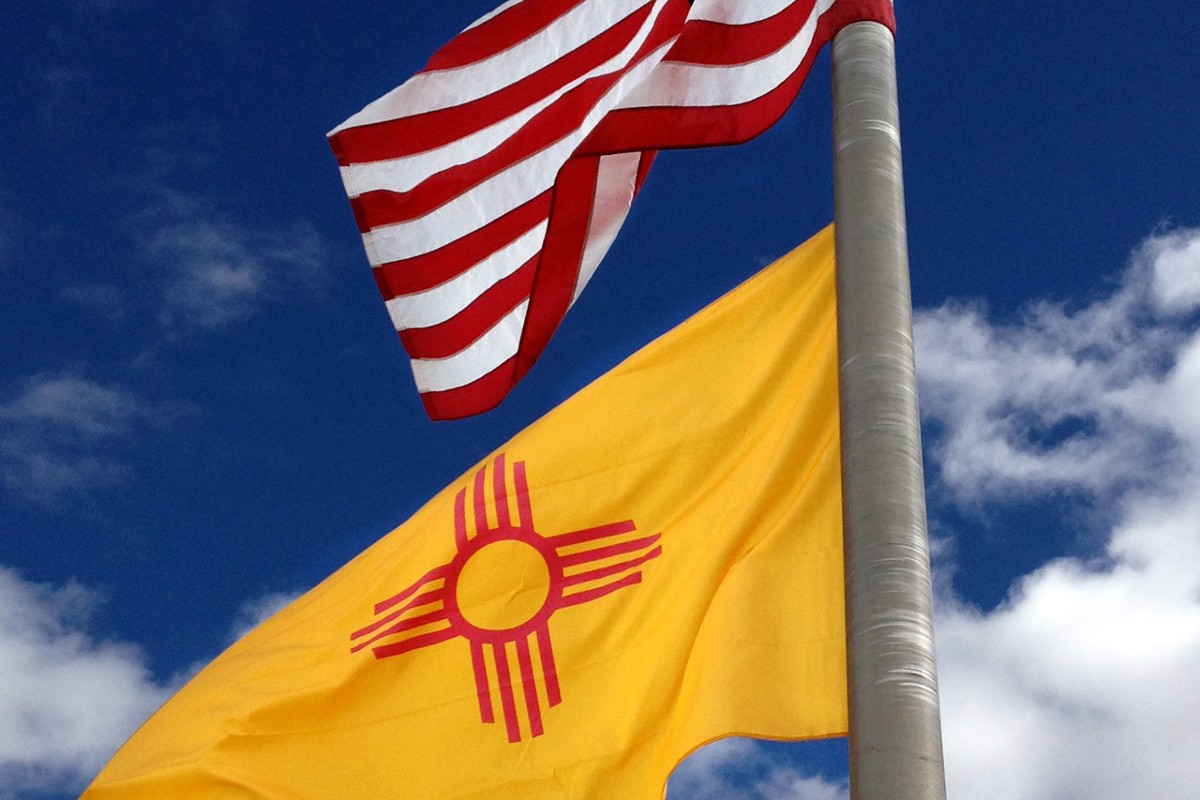By Elliott Brack
Editor and Publisher, GwinnettForum
APRIL 19, 2022 | There are benefits for these United States in having 50 states. Each state has its own distinctive characteristics in several ways. And each state competes in so many ways with the other 49 states.
![]() Some states are more liberal than others, and vice versa, as some states produce more far-out characters. And some states seem to hum along, not attracting a whole lot of attention. But for sure, each state keeps a keen eye on what is happening in other areas.
Some states are more liberal than others, and vice versa, as some states produce more far-out characters. And some states seem to hum along, not attracting a whole lot of attention. But for sure, each state keeps a keen eye on what is happening in other areas.
All these differences make our one nation more interesting. And as the state governments play out distinctively, our people benefit by learning about new and different ways of governing.
For instance with this as a political year, we remember that Washington and Oregon have moved entirely to mail-in election ballots, and, yes, they work fine. While the many other states often argue about the manner of the vote and whether it is fair or even conducted in a legal manner, these two states are past this. They have shown that mail-in voting works, if you set it up right.
Back in 1993, Georgia set the pace for helping students get a college education. That was the year the HOPE (Helping Outstanding Pupils Educationally) Scholarship was launched, recognized today as the best-known state financial aid program. Funded by the Georgia Lottery, it has provided college scholarships and grants to two million public, private and technical college students in Georgia during the more than 29 years since its inception.
People have been known to move their residence to Georgia to see the state help pay for a smart student’s education.
Recently a new state has been in the spotlight regarding education. The state of New Mexico
has just created a program that will begin in July to cover the cost of attending public colleges, community and tribal colleges. All New Mexico residents, from high school graduates to part-time adults, will be eligible for this financial assistance from the state, regardless of income.
The program not only covers tuition and fees, but also covers lodging, food and child care. The program is non-partisan, supported by Democrats and Republicans.
It’s estimated the program will cost New Mexico $75 million a year, principally expected to be funded in the long run by oil money. New Mexico shares with Texas oil revenues from the Permian Basin, which recently has pumped 5 million barrels of oil a day. New Mexico officials based the program on oil bringing $60 a barrel, while recently oil has been at $100 a barrel.
This new program puts New Mexico and its 2.1 million people in the forefront when it comes to providing higher education for its residents. It will probably be the catalyst that will serve to have other states re-examine what they are doing for their people, when it comes to higher education.
States have always competed with one another in many ways. New Mexico’s new efforts to fund higher education for all its residents is really, in the long run, a developmental issue. People will move and get jobs in New Mexico to take advantage of this new educational benefit.
New Mexico realizes that raising the educational level of its people is a good thing.
- Have a comment? Send to: elliott@brack.net










Follow Us